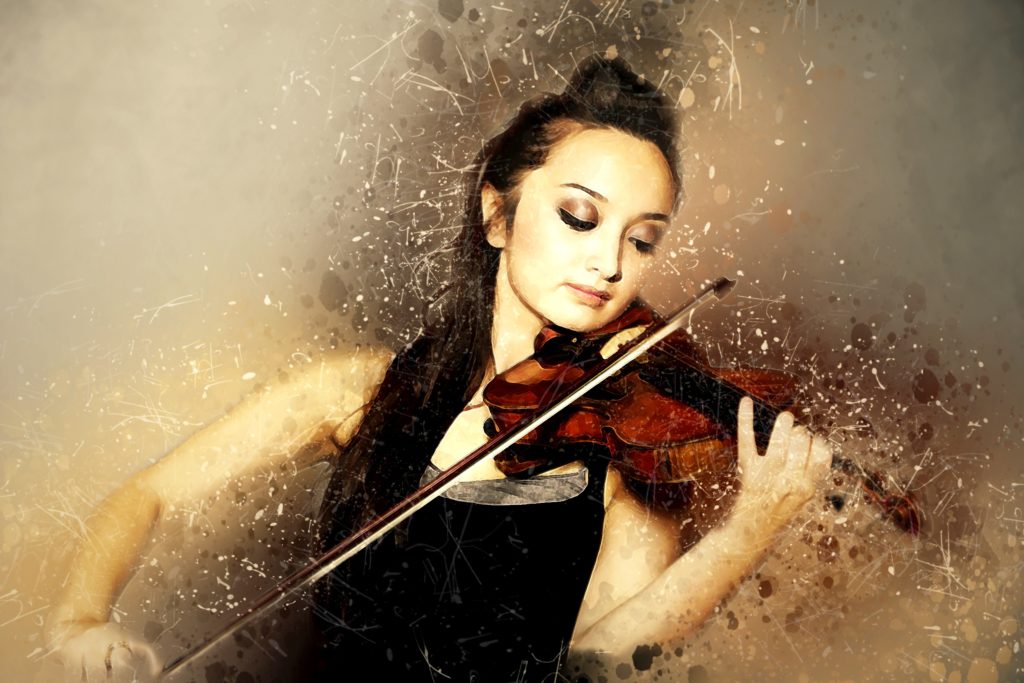Neuroplasticity vs Learning
By Denise Medved
 Neuroplasticity is our ability to change the form and function of our brain and central nervous system. The brain’s primary purpose, now known by neuroscientists and others, is to control movement of the body. And more and more research is showing that “the best exercise for the brain is physical exercise “ – a direct quote from Dr. Sarah McKay of The Neuroscience Academy and MANY of her colleagues. There are 5 primary functions of the brain — strategic planning, memory and recall, analytical thinking, creativity and imagination, and kinesthetic learning — all related to MOVEMENT specifically (not strategically planning financial numbers for your retirement 🙂 )
Neuroplasticity is our ability to change the form and function of our brain and central nervous system. The brain’s primary purpose, now known by neuroscientists and others, is to control movement of the body. And more and more research is showing that “the best exercise for the brain is physical exercise “ – a direct quote from Dr. Sarah McKay of The Neuroscience Academy and MANY of her colleagues. There are 5 primary functions of the brain — strategic planning, memory and recall, analytical thinking, creativity and imagination, and kinesthetic learning — all related to MOVEMENT specifically (not strategically planning financial numbers for your retirement 🙂 )
The brain controls movement — movement affects the brain. There are certain types of movements, like those we did as a child when we are exploring, discovering, and figuring out how to physically perform an activity, that cause neurons (brain cells) to fire and begin to create neural pathways. The more we repeat the same activity, the “deeper” the neural pathways are “grooved” and we become accomplished at that activity and at some point are no longer “figuring it out” and affecting the most brain cells. Then it’s time for new physical activities, discovery, and exploration that involve the brain AND the body. That is what we do in Ageless Grace Brain Health – practice 21 tools that are designed to activate all 5 brain functions as well as specifically focusing on 21 physical skills needed for lifelong optimal function. We are “playing” at figuring out movements with our body and using spontaneity, imagery, spatial relationship, range of motion, etc. to do so. Just like when we were kids and thought we were “playing” — and were actually firing neurons and developing our brains!
Ideally, all 5 functions of the brain need to be stimulated each day to maintain and improve cognitive function — and to continue to generate neuroplasticity. Just like with our teeth, they all need to be brushed for good oral health, not just a few here and there. Puzzles and games can be helpful, but only affect SOME of the brain, not all 5 functions. Interestingly enough, even 10 minutes daily of specific movements can cause the brain to begin to “learn” new physical activities and fire neurons.
 Learning can certainly be physical, but much more often it is primarily mental i.e. reading, listening, writing, studying, watching. It typically affects only some functions of the brain and doesn’t stimulate neuroplasticity. Again, crossword puzzles, word games, etc. are a form of learning, and you become better and better the more you play them, but they just make you learn how to be better at puzzles and games — they don’t improve cognitive function overall. Now, something physical — like learning to play the violin – is both learning and stimulating neuroplasticity. You are “re-wiring” the brain and changing it!
Learning can certainly be physical, but much more often it is primarily mental i.e. reading, listening, writing, studying, watching. It typically affects only some functions of the brain and doesn’t stimulate neuroplasticity. Again, crossword puzzles, word games, etc. are a form of learning, and you become better and better the more you play them, but they just make you learn how to be better at puzzles and games — they don’t improve cognitive function overall. Now, something physical — like learning to play the violin – is both learning and stimulating neuroplasticity. You are “re-wiring” the brain and changing it!